The following instructions will take you step by step through the CentOS wizard-driven installation process and the required DigiToll CySight -specific settings.
Requirements
CentOS 5.x Installation Files
Refer https://www.centos.org for details
Note that this edition of CySight has only been tested and released for CentOS 5.x
Installation Instructions
To install the CentOS Operating System:
Load CentOS CD into drive and reboot server.
The following screen is displayed:
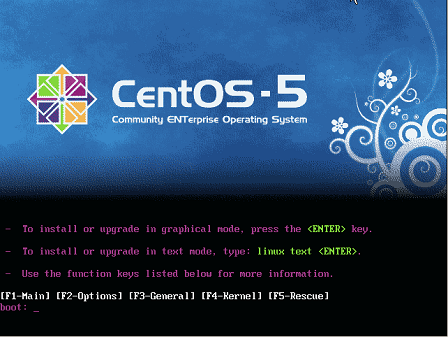
Press [ENTER].
The following message is displayed:

Choose Skip to start CentOS installation process.
The CentOS Installer Start screen:
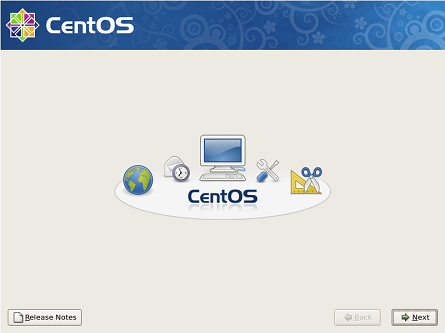
Click Next.
Language Selection:
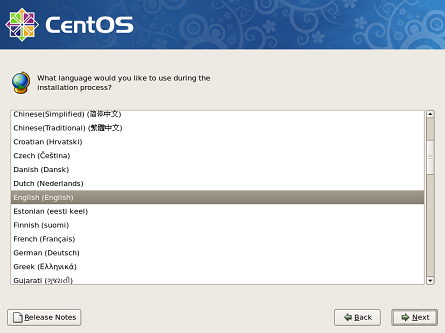
Select desired language for the installation (e.g. ‘English’), and click Next.
Keyboard Configuration:
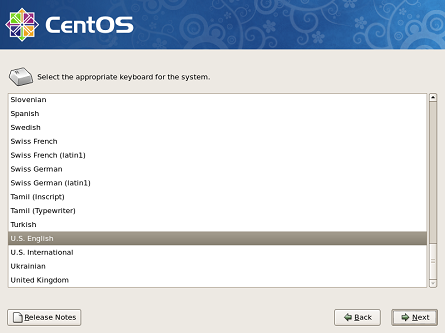
Select desired Keyboard Type (e.g. ‘U.S. English’), and click Next.
you might be prompted with the following message:
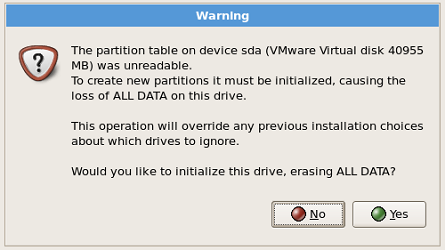
Click Yes to continue.
Hard drive Partitioning:
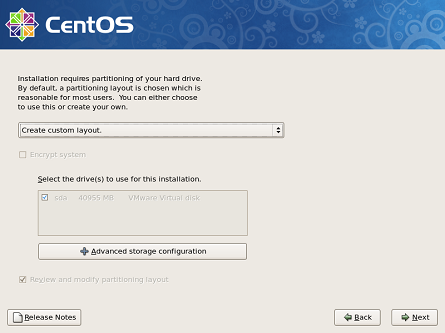
Select 'Create custom layout' and click Next.
Disk Partition Setup:
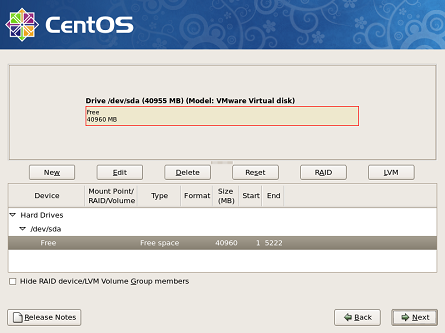
In the table, highlight the Free Space row, and click New.
The following dialog is displayed:

In the Add Partition dialog, set the following:
Mount Point: /boot
File System Type: ext3
Size (MB): 100
Then, Click OK.
Disk Setup: 1 new partition is added:
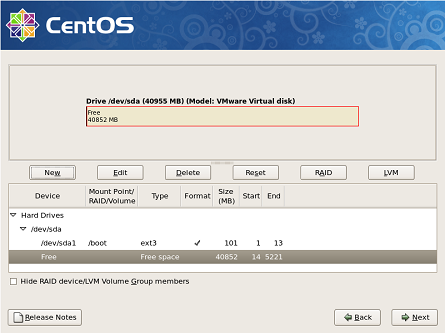
In the table, highlight the Free Space row, and click New.
The following dialog is displayed:
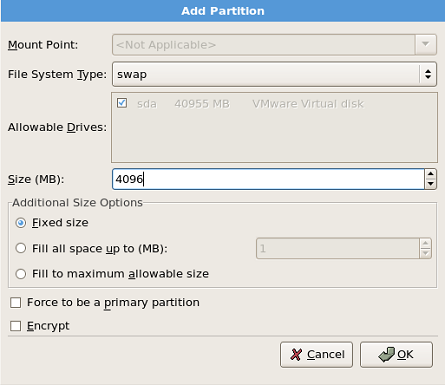
In the Add Partition dialog, set the following:
File System Type: swap
Size (MB): it is recommended to enter two times the physical memory size. (e.g. for 2G physical memory, 4G swap is needed)
Then, Click OK.
Disk Setup: 2 new partitions are added:
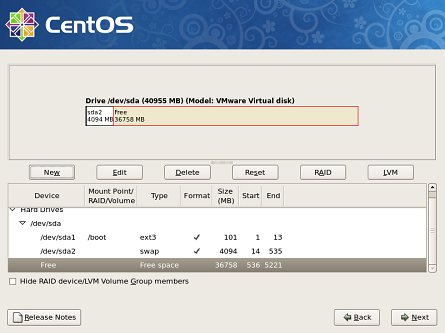
In the table, highlight the Free Space row, and click New.
The following dialog is displayed:
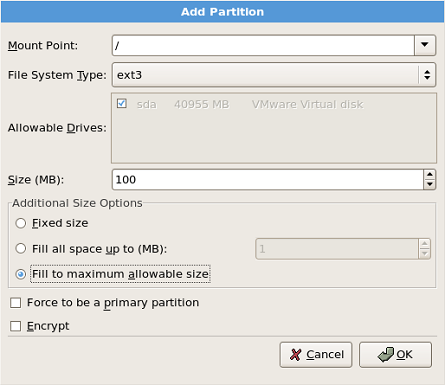
In the Add Partition dialog, set the following:
Mount Point: /
File System Type: ext3
Additional Size Options: Fill to maximum allowable size
Then, Click OK.
Disk Setup: 3 new partitions are added:
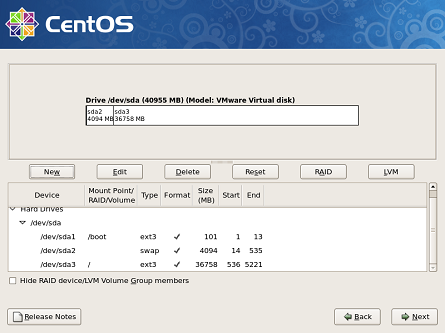
Click Next.
Boot Loader Configuration:
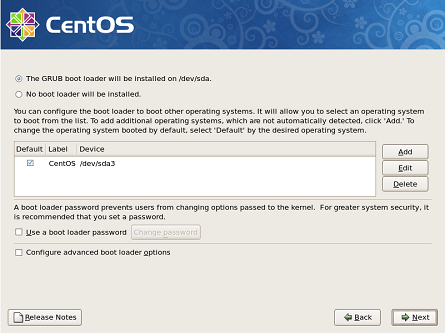
You can leave as is. Click Next.
Network Configuration:
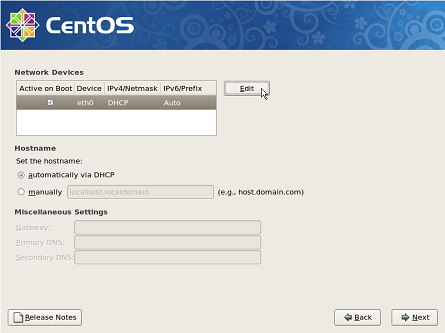
In the Network Devices table, highlight the eth0 Device and click Edit.
The following dialog is displayed:

In the Edit Interface dialog, set the following:
Configure using DHCP: unchecked
IP Address: appropriate numbers (e.g. 192.168.0.206)
Netmask: appropriate numbers (e.g. 255.255.255.0)
IPv6 configuration can be left as it is.
Then, Click OK.
Network Configuration: Network Devices are now updated.
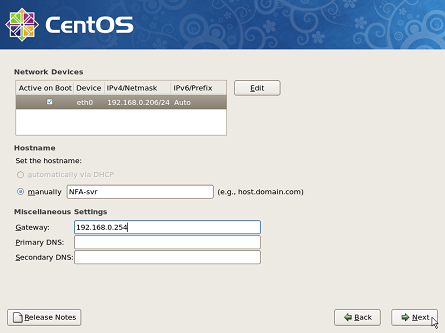
Tick the 'Active on Boot' for device eth0.
You can choose a desired hostname (e.g. ‘NFA-svr’).
You can configure Gateway and DNS servers as well. Please contact your network administrator for the gateway and DNS server configuration.
Then, click Next.
Region Selection:
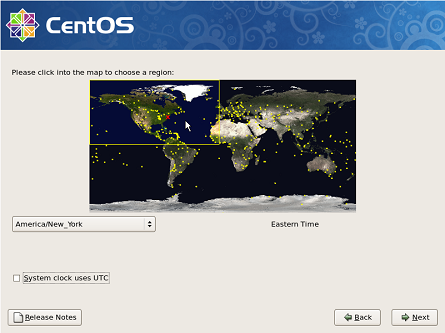
Click the map and select a time zone.
You can also select a time zone from the list:
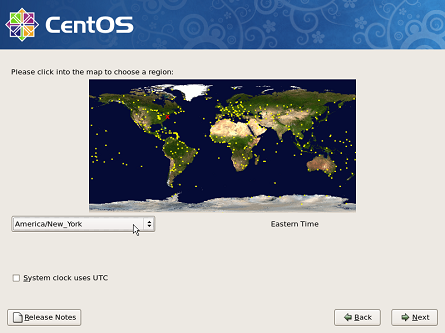
Click Next.
Set Root Password:
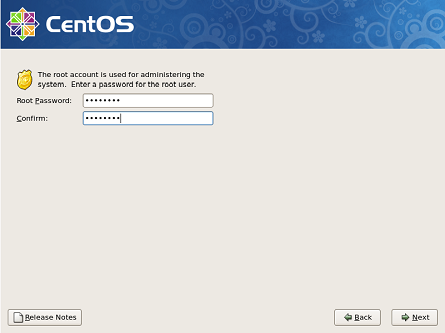
Enter a password, re-confirm and click Next.
Software Package Selection:
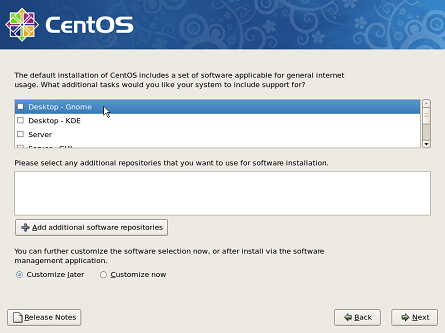
Uncheck all the packages and click Next.
About to Install:
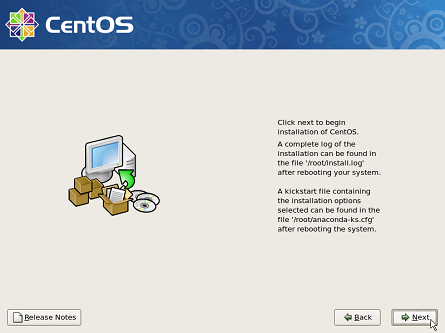
Click Next. This will begin the installation, which may take a few minutes.
A progress bar will display the installation progress.
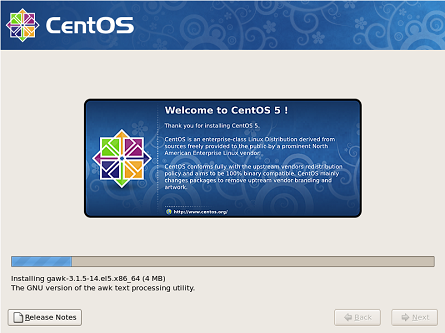
Installation Complete:
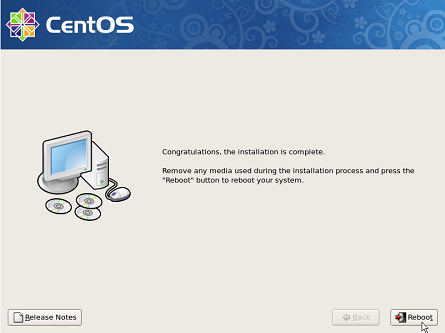
Click Reboot. This will reboot the Linux Server. Your Linux Server is ready to run.